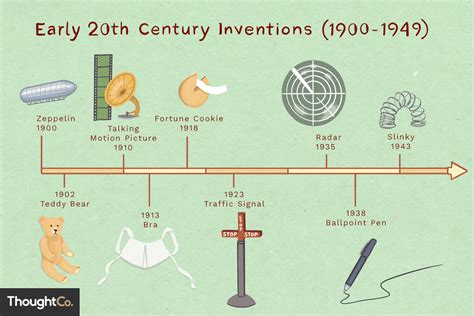1912-2024: Exploring a Century of Transformative Events
The years between 1912 and 2024 encompass a period of unprecedented change and upheaval, shaping the world we inhabit today. This century-plus journey witnessed the dawn of modern technology, devastating global conflicts, revolutionary social movements, and an acceleration of scientific advancements that continue to reshape our understanding of the universe and our place within it. Let's delve into some key events and their enduring impact.
The Roaring Twenties and the Shadow of War (1912-1939)
The sinking of the Titanic in 1912 served as a poignant prologue to the tumultuous years that followed. World War I (1914-1918), a conflict of unprecedented scale and brutality, reshaped the geopolitical landscape and left a generation scarred. The aftermath saw the rise of extremist ideologies, economic instability, and the looming threat of another global conflict.
The 1920s, often romanticized as the "Roaring Twenties," were a period of economic prosperity in some parts of the world, marked by technological advancements, jazz music, and cultural experimentation. However, this prosperity masked underlying tensions and inequalities that ultimately contributed to the Great Depression of the 1930s. The Depression, a worldwide economic crisis, led to widespread unemployment, poverty, and social unrest. The rise of totalitarian regimes in Germany, Italy, and Japan further destabilized the global order, paving the way for World War II.
What were the major causes of World War I?
World War I erupted from a complex interplay of factors, including intense nationalism, an intricate web of alliances, imperial rivalries, and the assassination of Archduke Franz Ferdinand. The assassination served as the catalyst, igniting a powder keg of pre-existing tensions that quickly engulfed Europe and beyond. Militarism, a belief in the glorification of military power, also played a significant role, fueling an arms race and contributing to a climate of escalating aggression.
The Mid-20th Century: War, Cold War, and Civil Rights (1940-1979)
World War II (1939-1945), an even more devastating conflict than its predecessor, resulted in millions of casualties and widespread destruction. The war's end ushered in the Cold War, a period of geopolitical tension between the United States and the Soviet Union, characterized by an arms race, proxy conflicts, and the constant threat of nuclear annihilation.
This era also witnessed significant social and political movements, including the Civil Rights Movement in the United States, which fought for racial equality and justice. The struggle for independence and self-determination across the colonized world also gained momentum, leading to the decolonization of vast swathes of Africa and Asia. Technological advancements continued apace, including the development of the atomic bomb, the space race, and the advent of computers.
What was the impact of the Cold War on global politics?
The Cold War profoundly shaped global politics for decades. It fueled proxy wars around the globe, fostered the development of powerful military alliances (NATO and the Warsaw Pact), and created a climate of intense ideological competition. The threat of nuclear war cast a long shadow over international relations, influencing foreign policy decisions and shaping the geopolitical landscape. The Cold War's end in 1991 significantly altered the global power dynamic.
Late 20th and Early 21st Centuries: Globalization and Technological Advancements (1980-2024)
The late 20th and early 21st centuries have been marked by globalization, the increasing interconnectedness of economies and societies worldwide. This period has also witnessed extraordinary technological advancements, including the internet, mobile communication, and artificial intelligence. These advancements have transformed communication, commerce, and daily life, while also raising new challenges and ethical considerations.
However, this era also faces significant challenges, including climate change, economic inequality, and the rise of populism and nationalism. Terrorism emerged as a major global threat, demanding new strategies for international security and cooperation. The COVID-19 pandemic of 2020-2023 highlighted the interconnectedness of the world and the fragility of global systems.
How has the internet changed society?
The internet has revolutionized communication, access to information, and commerce. It has created new forms of social interaction, fostered global communities, and democratized access to knowledge. However, it has also raised concerns about privacy, misinformation, and the digital divide, highlighting the need for responsible digital citizenship and effective online governance.
Conclusion
From the sinking of the Titanic to the dawn of the digital age, the period from 1912 to 2024 represents a journey through dramatic transformations, both positive and negative. Understanding this historical trajectory is crucial to comprehending the complexities of the present and navigating the challenges of the future. The lessons learned from past events—wars, economic crises, social movements, and technological revolutions—offer valuable insights into building a more just, equitable, and sustainable world.

